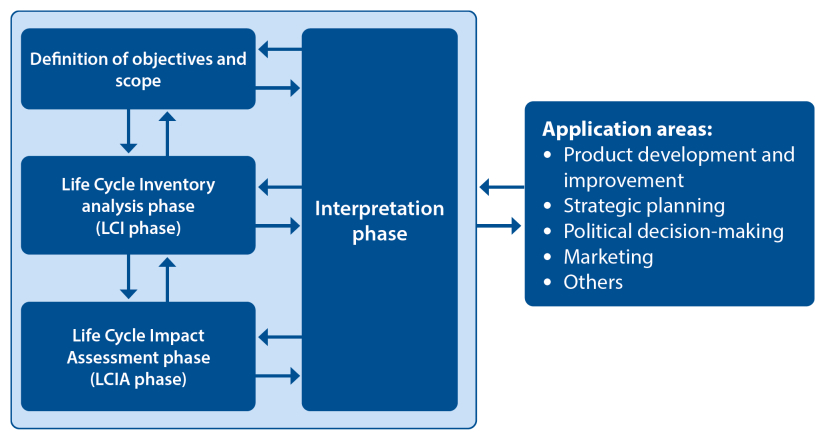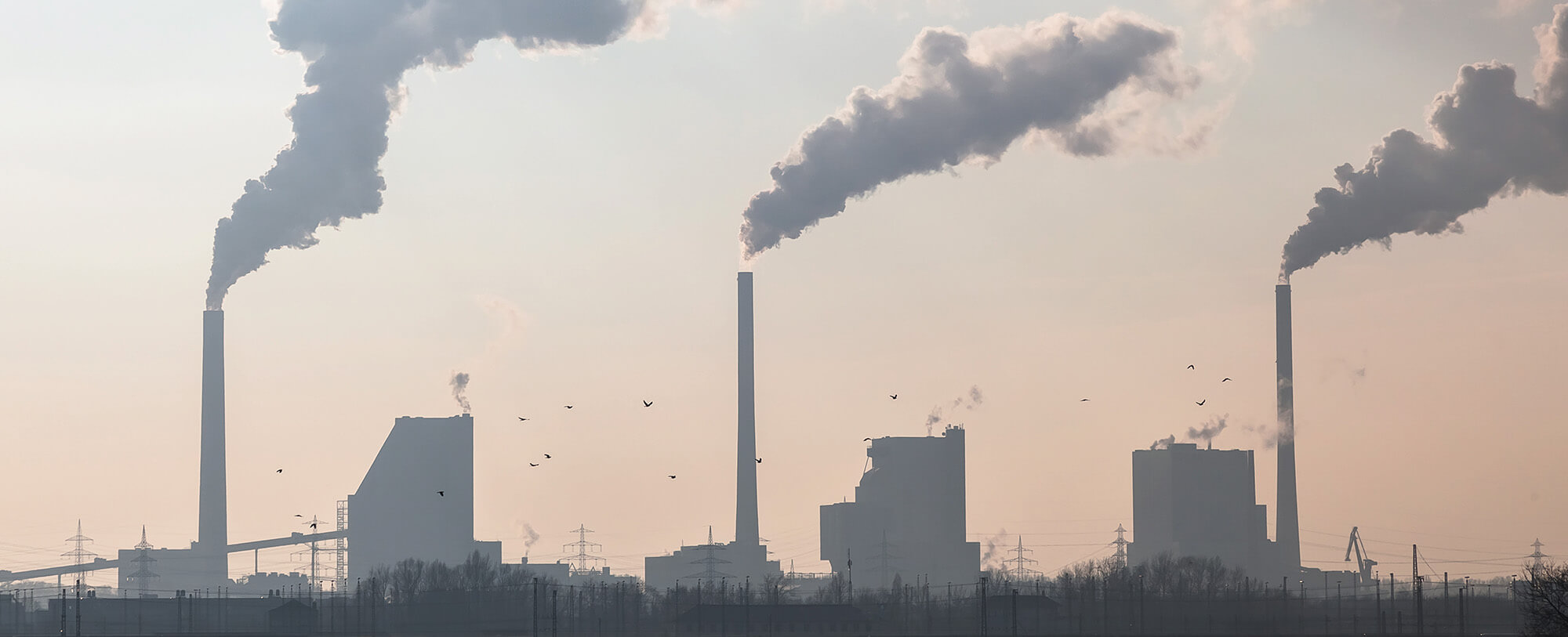20/05/2020
CUserselaunisDocumentsEerikatop Engineerit Kuvineen2015 02Elomatic Top Engineer 2015 2 Page 09 Image 02
Assessing the environmental impact of a product during its life cycle is often a laborious process that is done on a one-off basis, averaging the effects of production and raw materials. In the future, it will be possible to carry out CO2 monitoring and analysis as an online calculation based on process data by production grades and for each production batch. This helps to analyse emissions at different stages of production and to develop processes in a carbon-neutral direction.
Determining the carbon footprint
Carbon footprint calculation or life cycle analysis (LCA) is based on the ISO 14044 standard. The method allows the resources and environmental impact of a product or service to be analysed and assessed. Life cycle assessment can be applied, for example, to the following:
- Supporting decision making
- Identifying opportunities to improve the environmental performance of products at different stages of their life cycle
- Selecting relevant environmental performance indicators and measurement methods
- Marketing (e.g. eco-labelling)
The life cycle assessment includes the following steps (See Diagram 1):
- Definition of objectives and scope
- Life Cycle Inventory analysis phase (LCI phase)
- Life Cycle Impact Assessment phase (LCIA phase)
- Interpretation phase

In order to implement the carbon footprint, several emission factor libraries have been produced for the needs of different industries. These can be used to estimate CO2 emissions from different materials. Life cycle assessment is an iterative process, in which, as the assessment progresses, it is possible to return to modifying the phases already performed. Based on the results of the LCA analysis, it should be possible to draw conclusions as well as to identify limitations and make recommendations for measures to reduce the environmental impact.
The life cycle assessment must consider all stages of the life cycle of the product and service:
- Manufacturing (raw materials, energy and water use, assembly, etc.)
- Use (treatment related to use, use of energy and water, etc.)
- Disposal (dismantling, recycling, waste, etc.)
The traceability of materials and more accurate reporting of emissions will become increasingly important
Development of life cycle assessment monitoring and analytics
Typically, a life cycle analysis is performed on a one-time basis. However, by utilizing process data, it is possible to perform the calculation at least partially continuously, in which case it is possible to verify CO2 emissions also under different production conditions, by production type. or in case of changes in different raw material fractions.
In the future, the traceability of production and its materials will be emphasized as there are temporary changes in energy fractions. These can be, for example, energy demand-elasticity situations, where the use of electricity in manufacturing can vary according to the price of electricity. This also has implications for the carbon footprint of the product or service being manufactured. Changes may also occur in raw material sources if different CO2 emissions have been identified in different batches of raw materials due to, for example, a different raw material supplier or a different manufacturing process. Grade-specific CO2 calculation is also possible if the analytics platform supports the monitoring of different ranges of production grades.
For LCA life cycle assessment, the above entities allow for online monitoring of the inventory analysis phase (LCI) and if the CO2 factors of different raw materials and energy fractions can be combined in this context, online emission calculation (LCIA phase) can be produced for the production phase.

Objectives in carbon neutrality and its continuous monitoring
Overall, the objective is for the CO2 calculation to be easily implementable for selected time periods and production batches. This is the aim of Elomatic’s development project, which is part of the Technical Research Centre of Finland’s (VTT) SEED research project. The objective is to make an application for material traceability that calculates product manufacturing phases and instantaneous material flows by mirroring the process model. This can be used to verify which raw material fractions and batches have been in use and when. This way, the CO2 calculation can also be specified for each batch and species. At the same time, energy consumption volumes and how energy is produced or purchased at certain points in production can be combined. This can be converted to specific energy consumption, so that the CO2 effect per quantity produced can also be determined. See the text box for more details about the SEED project.
The application utilises time-stamped measurement data collected from the process, as well as process connections/design data for different phases of the process, statistical process control (SPC) and possible time delay models. Once material flows and their fractions can be traced, this information can also be used to calculate the carbon footprint and further determine carbon neutrality targets. It will also be easier to assess the effectiveness of the measures taken.
A prerequisite for the operation of the system are the adequate measurements used to assess material and energy flows. Solutions can be found for this, if necessary. Elomatic has extensive experience in increasing measurement instrumentation and building measurement data collection, so we are able to help customers with this challenge as well.
At the beginning of the development work, the aspect of product use and disposal and the environmental impact are not included in the traceability application. However, these phases can be examined on a one-off basis and assigned a fixed impact assessment. This can be linked to traceability application reporting, allowing the entire LCA analysis to be performed according to the requirements of the standard.
The traceability of materials and more accurate reporting of emissions will play an important role in the future as the carbon neutrality requirements of operations increase. Is it even possible that, in the future, CO2 emissions from products will be controlled in the same way as emissions from cars?
SEED Project – Traceability and improvement of process efficiency and predictability
Elomatic is participating in the SEED research project by developing digital services to improve production efficiency and material traceability in the forest industry.
An ecosystem is formed in the SEED project where forest industry companies, engineering companies, technology suppliers and IT companies together develop, test and pilot solutions over the life cycles of production lines from design to operation and asset management.
The SEED co-innovation is comprised of three research facilities (VTT, Jyväskylä University and Aalto University), the projects of seven corporate partners, as well as 11 companies participating in the ecosystem. The SEED project is based on a unique approach where forest companies offer an innovation platform for research, piloting and testing at their plants. The cornerstones of the new SEED model are co-innovation and learning.
Elomatic’s goal in the SEED ecosystem is to research and develop digital business opportunities that support business growth and know-how development, and provide customers with traceability, production process efficiency and forward-looking solutions. This strengthens Elomatic’s competitiveness in a dynamically changing market.
Finland is a digitalisation pioneer in the EU. We have strong digital know-how and the forest industry is one of the cornerstones of the Finnish economy. Combining these competencies creates significant opportunities for business growth and internationalisation.


